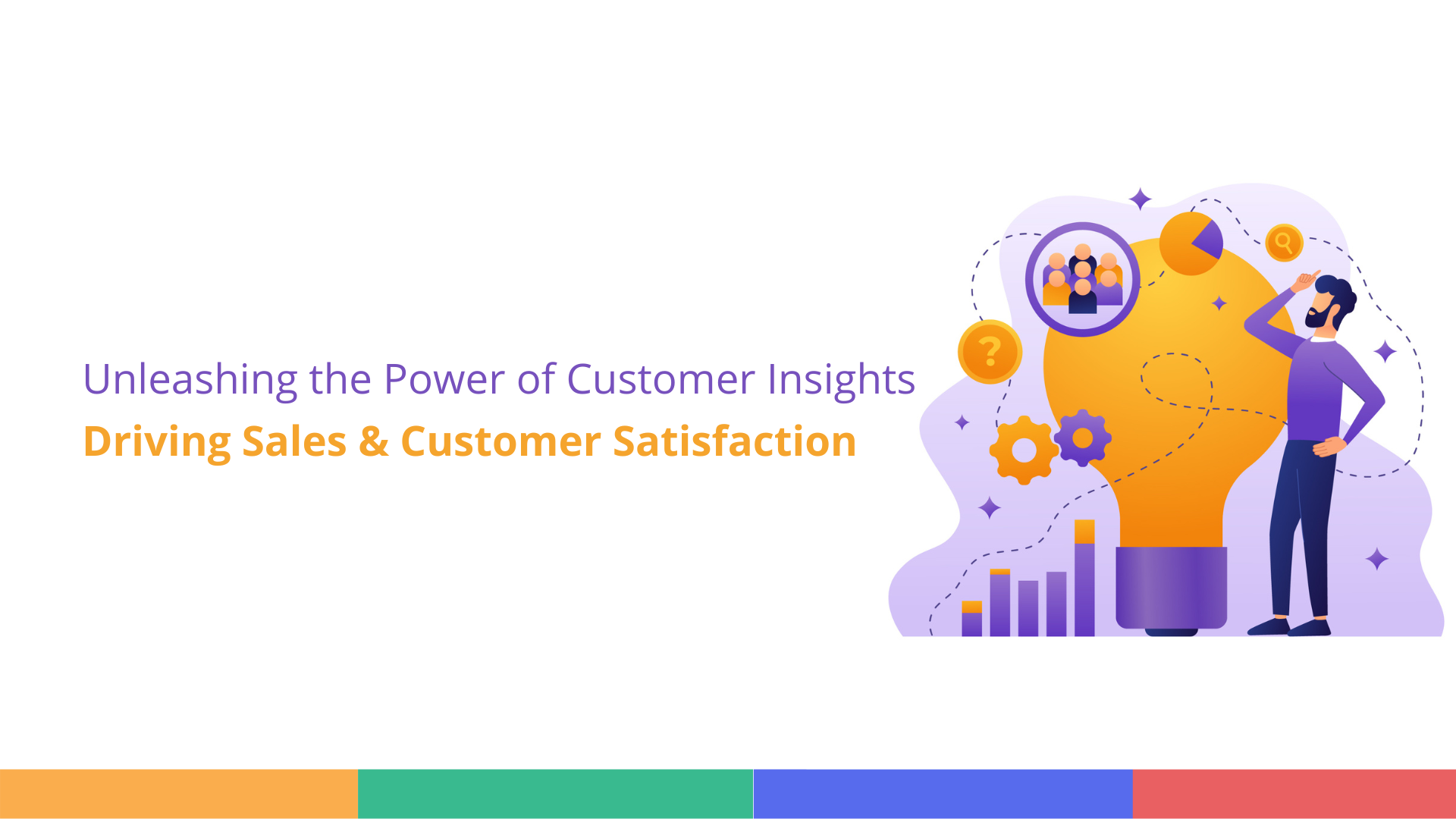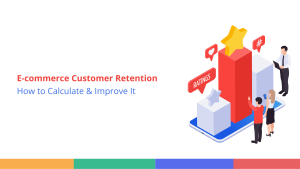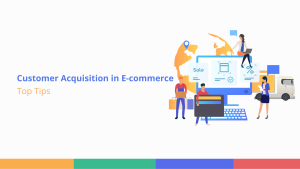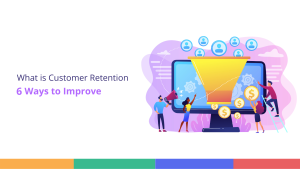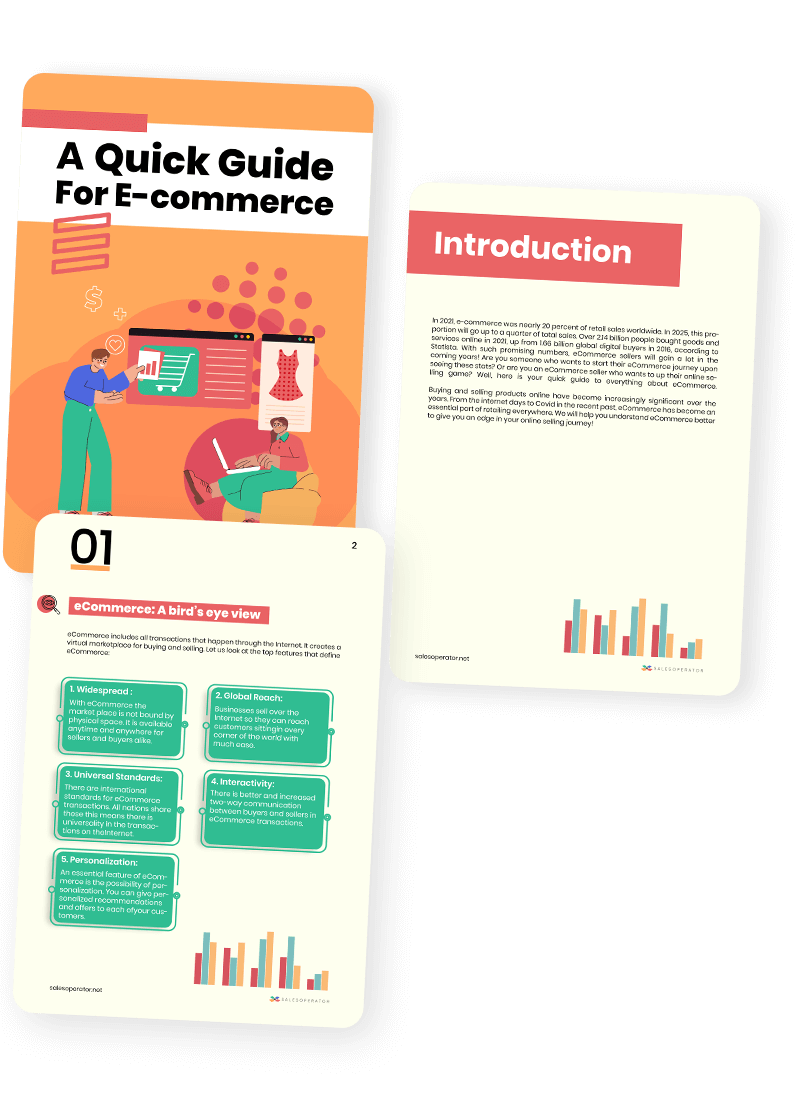Understanding customers is paramount in any business, and it’s even more critical in the digital era when people prefer to shop online. As online shopping lacks the physical touch, only way left is trying to understand their behaviour through various data-driven insights. These customer-centric insights can throw interesting ideas about their shopping behaviour and their needs and preferences.
The aim of this blog is to focus on how businesses can leverage customer insights to drive sales and enhance customer satisfaction.
Understanding Customer Insights: What And How
Customer insights refer to any data or trend that helps us understand more about customer behavior and psychology. Its scope encompasses a wide range of data, including demographic information, age, gender, purchase history,browsing behavior, buying preferences, what they are looking for, what they are typing in search queries, and any other information that helps sellers to discern them better.
What are the ways to obtain and understand customer insights? Some of this data is obtained by analyzing their existing behaviour like purchase history, evaluating order and inventory data, browsing behaviour and social media interactions. There are a lot of tools available in the market to help you understand customer behaviour better, helping you take more targeted and precise customer-centric decisions. Plus, there are some indirect ways also that can help you know them better.
Leveraging Customer Insights to Drive Sales
Now, the question is how you can capitalize on customers’ insights to drive more sales, revenue, and business growth. Here are a few ways you can leverage customer insights.
First, it helps identify customer needs and preferences. By analyzing customer data, businesses can uncover specific patterns and trends that reveal what their target audience is looking for. It enables companies to tailor their products or services to meet these needs effectively. For example, a fashion retailer analyzing customer insights may discover that their customers have a growing preference for sustainable clothing.
Second, the goal of any business should be to provide the best shopping experience to customers. You cannot do this without removing friction at each touch point. Understanding customer insights can help you uncover multiple touch points where customers may face challenges.
To know more about creating delightful customer journey, Read the Blog: Creating Delightful Customer Experience
Third, when you understand your customers’ needs and what they are looking for, you can launch better product offerings and you can offer them exactly what they are looking for, helping you earn their loyalty and trust. Fourth, when you understand what your customers are interested in, you can tailor your marketing messages to reach them more effectively. This can be done through a variety of channels, such as email, social media, and paid advertising.
Lastly, understanding what your competitors are doing, you can identify areas where you can improve your sales strategy. It can be done by conducting competitive analysis, and tracking your competitors’ offerings, and benchmarking your competitors.
Key Ecommerce Metrics to Drive Business Growth
To thrive in this digital landscape, it’s crucial to grasp and monitor key metrics that serve as your compass, guiding smart decision-making. These metrics unveil valuable insights, empowering you to optimize strategies and steer your online store towards success.
Conversion rate is the core metrics in ecommerce. It’s a metric that tracks the percentage of website visitors who transform into loyal customers. By carefully analyzing this rate, you can unearth opportunities to enhance website design, improve user experience, and streamline the checkout process. A seamless journey from browsing to purchase is the key to boosting conversions.
Beyond conversions, the average order value (AOV) throws light on the amount customers spend per order. It empowers you to identify effective cross-selling and upselling tactics, enabling you to maximize revenue from every transaction. You can increase the overall AOV by running personalized recommendations and offering incentives.
While acquiring new customers is vital, understanding the cost of acquiring them is equally important. It’s known as customer acquisition cost (CAC), a metric that helps you gauge the effectiveness of your marketing and advertising efforts. You can easily optimize your budget allocation, ensuring your investments yield fruitful returns.
The customer journey doesn’t stop at customer acquisition—it continues with nurturing and retaining them. It’s where customer lifetime value (CLV) takes the spotlight. It quantifies the overall value a customer brings to your business over their entire relationship with your brand. Identifying your most valuable customers and implementing targeted retention strategies, you can cultivate long-term loyalty and unlock sustainable growth.
While attracting customers is important, making sure they complete their purchases is equally vital. The cart abandonment rate acts as your compass, shedding light on the percentage of users who add items to their shopping carts but fail to seal the deal. By understanding the reasons behind cart abandonment, you can optimize your checkout process, address any pain points, and reduce lost sales.
Now, to guide your overall decision-making, (ROI) metric holds significance. It measures the profitability of your marketing and advertising initiatives, while also giving you insights into the effectiveness of your strategies and helping you maximize returns, while reducing wasteful spending.
And last but certainly not least, customer satisfaction serves as the cornerstone of your ecommerce success. You can monitoring customer satisfaction through surveys, reviews, and feedback allows you to gauge the overall experience customers have with your brand. There is another metric to measure it, and that is whether your customers are coming back to buy products.
A high repeat purchase rate signifies that customers not only had a positive initial experience with your brand but also found value in your offerings and chose to return for additional purchases. It is a strong indication of trust and loyalty, as customers actively choose to continue their engagement with your business.
Monitoring the repeat purchase rate allows you to identify loyal customers and tailor your marketing efforts towards nurturing these relationships. By understanding the characteristics and preferences of repeat customers, you can create targeted campaigns, personalized offers. It is a crucial indicator of customer loyalty and the success of your business in fostering long-term relationships with your customers.
Final Words
Collecting customer insights and analyzing them help attract and retain customers, eventually driving business growth. However, measuring the success of your efforts is critical. That’s why keep tracking customer metrics to optimize performance and get better business outcomes of your efforts.
